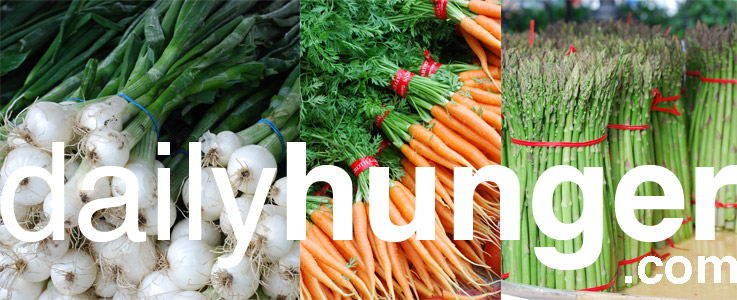Inspired by annual birthday dinners I eagerly anticipated growing up as a child, there is a restaurant dish taste memory that has stuck with me throughout the years: Asian ginger salad dressing. It’s something I’ve always wanted to replicate, yet have never attempted to put my knowledge of ingredients and flavors toward figuring a recipe out. But, if you’ve ever been to a teppanyaki-style Japanese steakhouse, you’ve likely had a similar version of this very tasty salad dressing. This is my interpretation...
To stay true to my taste memory, I’ve chosen to dress what some would argue is a rather insipid lettuce – iceberg. But, at many Japanese steakhouses and sushi joints, that’s the lettuce of choice. However, with my addition of organic cherry tomatoes, scallion bias and a little lemon juice/Maldon sea salt-dressed creamy Hass avocado slices, I’ll be happy to take that criticism of the lettuce component, as iceberg really doesn’t bring any flavor, only crispness, to this finished dish.
Beyond simple iceberg wedge salads, this dressing would also make a great condiment for dipping grilled meat (especially beef), grilled portabella mushrooms or even grilled vegetable kebabs.
ASIAN GINGER SALAD DRESSING
INGREDIENTS – Yields About 1 Quart
300 g carrot, peeled and roughly chopped
150 g yellow onion, peeled and roughly chopped
75 g ginger, peeled and roughly chopped
80 ml (1/3 C) rice vinegar
160 ml (2/3 C) canola oil
10 ml (2 tsp.) sesame oil
1 clove garlic, peeled
75 ml (5 T) soy sauce
30 ml (2 T) water
30 ml (2 T) honey
45 ml (3 T) ketchup
12 g (1 T) sugar
Juice of 1-2 lemons, to taste
Salt and Black Pepper (freshly ground), to taste
PROCEDURE
- With the exception of the canola oil, lemon juice, salt and pepper, combine all ingredients in a food processor or blender.
- Process until well combined. While the motor is still running, slowly pour in the canola oil. Process for another 10-15 seconds until fully emulsified.
- Taste and adjust acidity/flavor with the lemon juice. Season with additional salt and pepper to taste.
- Chill at least one hour before using to allow flavors to meld.
Recipe and Image: Copyright © 2010, Jeff Feighner. All Rights Reserved.
